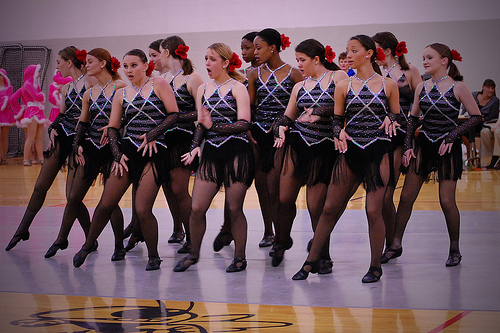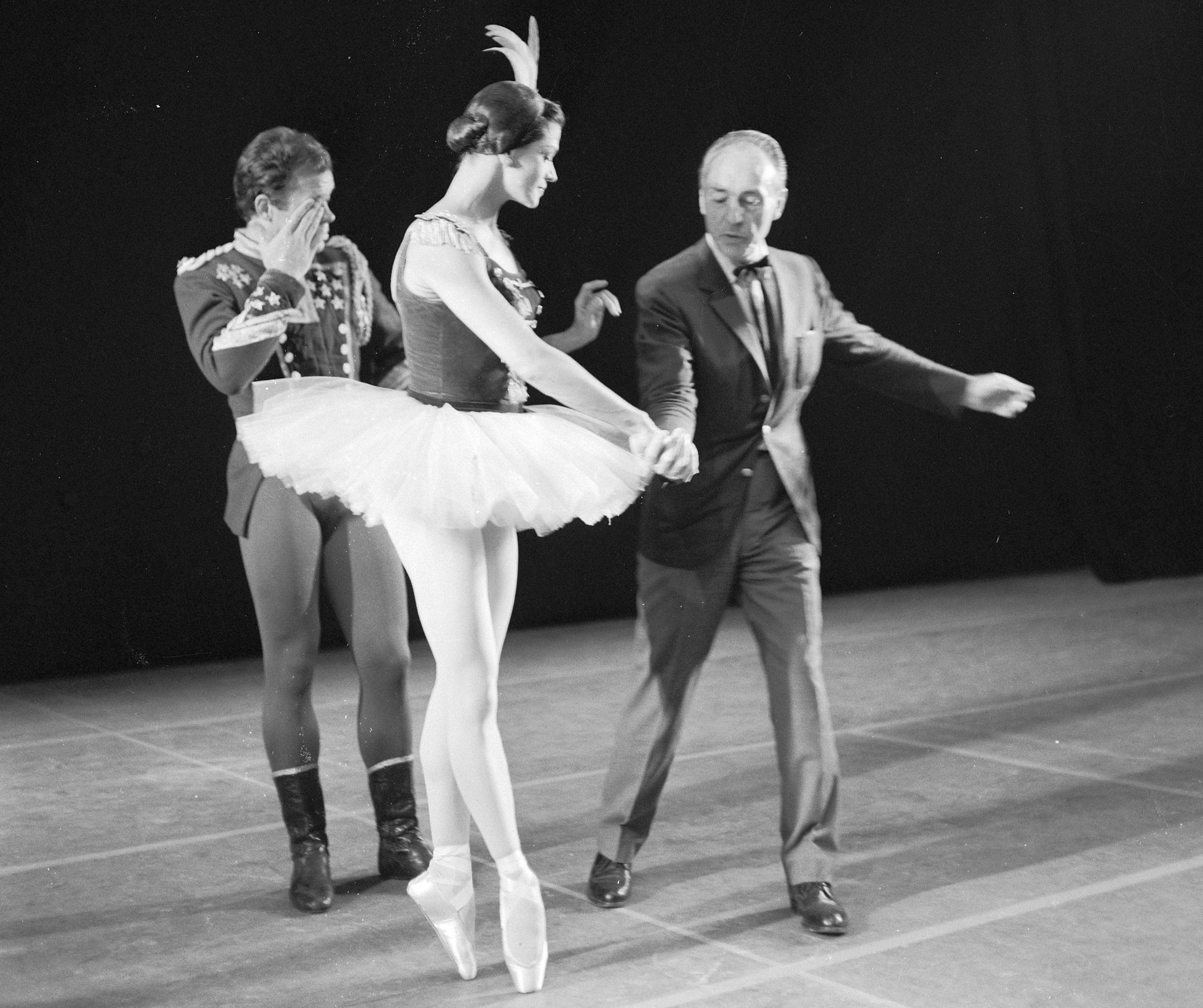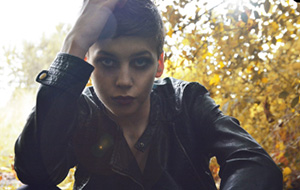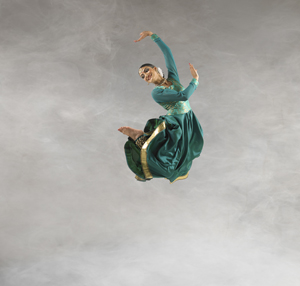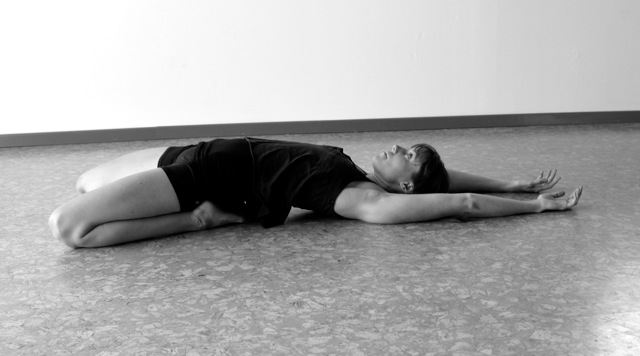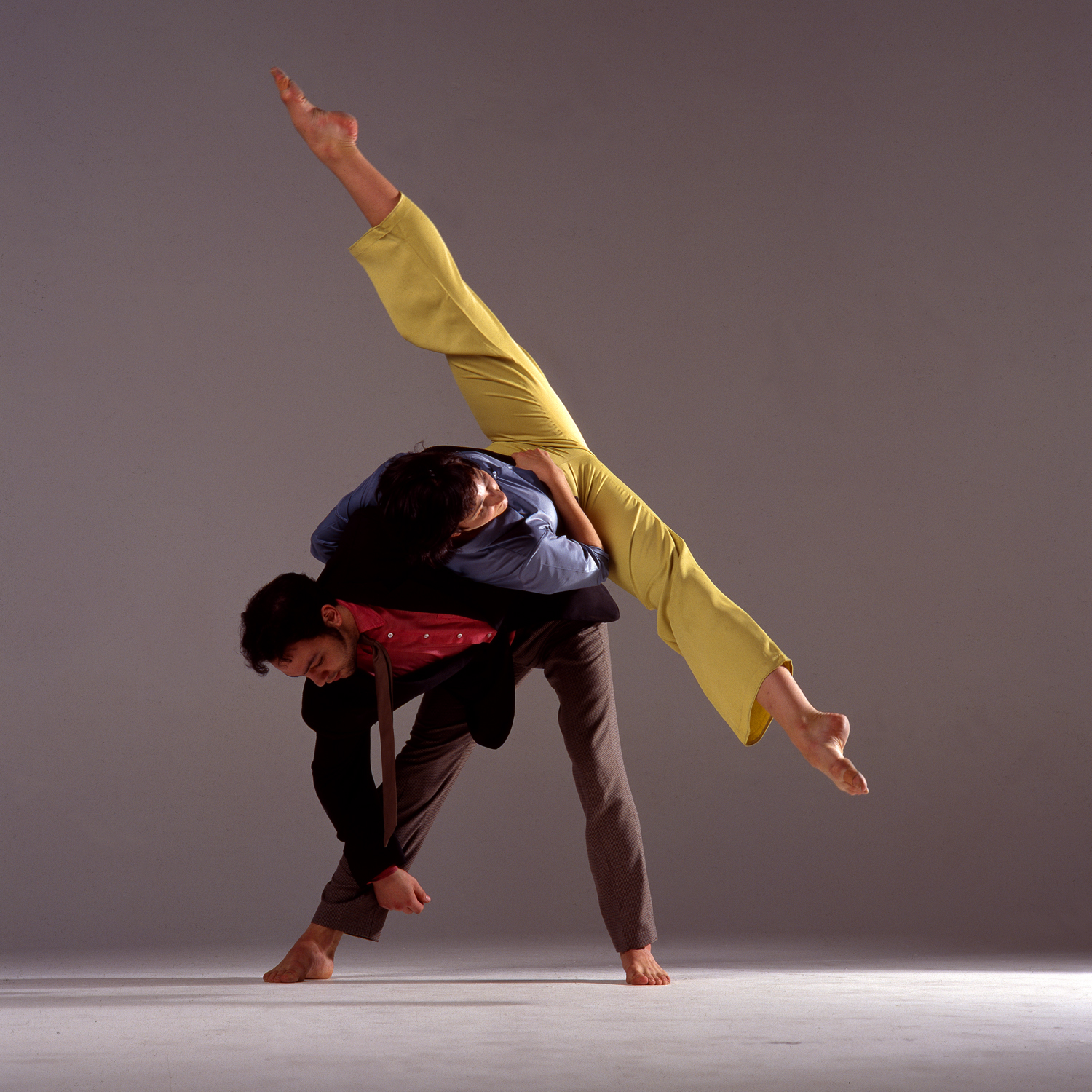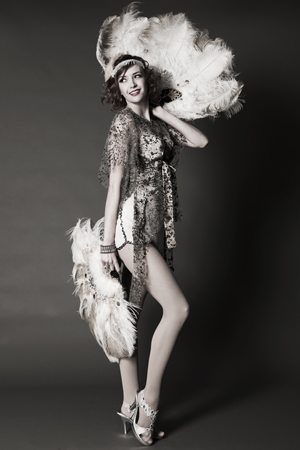 Upon graduating from London Studio Centre with a BA (Hons) in Theatre Dance, Marie has strutted and twirled her way around the world.
Upon graduating from London Studio Centre with a BA (Hons) in Theatre Dance, Marie has strutted and twirled her way around the world.
From 2009-2012 she choreographed and danced for singer ‘Bryan Ferry’ on UK, American and European tours, including a very emotional last Roxy Music ‘For Your Pleasure’ tour of Australia. Corporate work includes dancing, modelling and presenting for brands such as Hitachi, Gucci, IWC, H&M, Dorothy Perkins, TU Clothing and Stephen Webster.
Her recent film and TV credits include Walt Disney’s ‘Maleficent’, several series of BBC’s ‘Horrible Histories’, ‘You, Me & Them’, ‘Pompidou’ (BBC), ‘Strictly Come Dancing’ (BBC) and ‘A Little Chaos’, directed by Alan Rickman.
Marie is currently working with a variety of acts including The Kitts Project and the renowned ‘It Girls’, sparkling and waving her feathers across the UK and beyond. She also sometimes assists celebrated choreographer Lucie Pankhurst as well as choreographing for bands, festivals, theatre schools, fashion and hair shows in her own right.
Marie has an extensive ten year teaching background teaching dance and fitness in the UK and abroad, was co-founder of the TenPilates (Notting Hill) TenBarre Syllabus, assisting with the launch of BabyBop Dance in China and has recently passed her DDI in Modern Theatre Dance.
Have you always wanted to be involved in dance?
My mum took me to ballet classes at the tender age of three and it all really stemmed from there. I’ve had two brief blips since then, one at 11 years old when I thought about giving up, but my ballet teacher Elisabeth Swan suggested I try modern in addition to ballet. A year later I had also taken up tap and jazz.
My second ‘dance cross-road’ occurred during my A Levels. I had followed the UCAS route and applied to university, even interviewing at Cambridge to study Geography, but something just didn’t feel right – my heart wasn’t in it. I thank the support of my school teachers who guided me towards what would make me the happiest, and after auditioning at several professional colleges I enrolled at London Studio Centre.
I’ve always been a performer, even as a very young child, putting on shows in the living room, kitchen, garden for whoever would watch. As I grew older – and still to this day – it is the feeling of moving, controlling, sweeping and winding my body through the music. It’s a way to express and process other things that are happening in my life as well as share something I am truly passionate about with others.
Where did you train, and what was it like?
My early training at The Weston School of Dance really ignited my desire to become a dancer and then later at London Studio Centre, they gave me the breadth of techniques and skills to make a career out of a hobby. I feel grateful everyday that I get to do what I love as a living. I initially found full-time training really tough – I definitely turned up on the first day thinking it was going to be like ‘Fame’ – boy, was I wrong! The pace was gruelling and the competition was fierce but I would never say that in a negative way: we were supported but not mollycoddled.
What was a typical day like?
I commuted into London from Essex so it involved an early train and then into ballet first thing. This is something almost a decade later I still really miss. The familiarity, the rigour of that early morning ballet class, the security and comfort of the progression from pliés through to allegro. The rest of the day was a whirl of singing, voice classes, street, jazz, dance history to name just a few. Taking a moment in between classes to look in at the older students, wondering how long it would take me to be able to dance like that. Then back on the tube, train, home, dinner, bath, bed. It was a relentless routine through term time and I wonder how I had the energy, but I wouldn’t change a minute because it’s got me to where I am today.
What is a typical day like now?
No two days are ever the same, which I adore. I have regular teaching posts now so there is some predictability to my week but then a job comes in! For example recently I was assisting choreographer Lucie Pankhurst at a hair show in Dublin which had a crazy Tron/Fantasy theme, and I then touched down at Stansted to run off to teaching (I’ve just launched a barre class in Essex called Barre Fusion (www.barrefusion.uk), before heading back to the airport to fly to Monaco to perform with a band I dance and co-choreograph for.
What has been the most memorable moment of your career?
There honestly has been so many it’s hard to choose! Touring with Bryan Ferry and Roxy Music for several years was so much fun and playing to arenas and huge festivals definitely fulfilled a lifelong dream. Nowadays I’m lucky enough to work regularly with two groups that are filled with some of my best friends (The It Girls and The Kitts Band/Project) there’s something really special and comforting about being on stage with your mates. I have been fortunate enough to also dance on screen in TV and film – my favourite was Disney’s Maleficent. Stepping onto a set that big, it was like entering another world.
Also, seeing students I teach perform gives me an immense sense of pride. I consider myself lucky that I love teaching so much and have always done it on and off from an early age – giving workshops at my old secondary school, running after school dance clubs, even flying to Switzerland to teach drama at the International School in Geneva. I am a people person and I’m fortunate now to teach all ages from three years to adult, beginners to advanced as well as delivering a variety of workshops to students with SEN. The arts are a fantastic tool in schools to develop confidence, creativity and explore new subject matter.
Tell us about your newest teaching venture…
Barre Fusion is a fast growing worldwide phenomena that brings a new element to your workout as a fusion of ballet, pilates and yoga set to upbeat popular music. Using the techniques and disciplines from the ballet world, the core strengthening of pilates and the flow and stretching of yoga it delivers a high energy high impact workout that combines strength and toning with flexibility and cardio all in one. It aims to deliver the lean toned dancer silhouette, improve tone, posture and flexibility.
After being approached by a fellow dancer in 2014 we developed a syllabus for a London chain of studios and in collaboration with my old dance school ‘The Weston School of Dance & Performing Arts’ we decided to launch and adapted version in Chelmsford, Essex. We’re literally in our early weeks but the response has been great and I love teaching it, it gives great results and helps me maintain the physique and fitness level I need to continue performing.
What is your favourite thing about dance and the performing arts industry?
The people you meet! You develop relationships very quickly when you are stuck with each other away on a job 24/7 and you’re are often sharing really unique experiences with people that stay with you forever. For example, earlier this year I did a gig in the Seychelles, going snorkelling and kayaking before the gig with the other dancers is something I’ll never forget – we all spent the whole trip pinching ourselves.
And the worst?
It saddens me the way performers have become economically undervalued. Obviously, I understand that with the recession the industry suffered massively but the number of jobs advertised for free or low pay is ever increasing. It’s just not good enough, we’re highly skilled professionals that have invested years of training and money into becoming professional artists. Yes, we are lucky to do a job we love but I don’t do the job for the love of it. I’m good at it because I love it but we still have a livelihood to make. You wouldn’t ask an accountant or a builder to work for the love of it or for the experience/exposure. Of course there are always cases where like-minded individuals are trying to create something that is non-profit and mutually beneficial in terms of experience and exposure, but more and more often I am seeing advertisements online to the contrary. I’ve been really lucky in my career to always be paid and treated fairly but as an industry, along with our wonderful unions, societies and agents, we need to work together to give everyone a fair chance at creating a sustainable career.
What or who inspires you most on a daily basis?
I’m inspired by lots of different things, I love looking at videos of dance online – I’m really into The LXD at the moment, which started life as a web series – it combines so many different styles and their precision is ridiculous. Just this morning I watched a performance by Patrick Swayze and his wife Lisa Nieme from the 90s, it was a jazz piece to a Whitney Houston track devoid of tricks, showing beautiful jazz pas de deux, fabulous technique, facility and line.
Choreographer Lucie Pankhurst has featured throughout my career right from my first job out of college (a big show in Milan), and her approach to the rehearsal process and the way she looks after her dancers has always inspired me, and I’ve tried to put this into practise myself. I’ve been fortunate to work with her on a really broad range of productions from avant-garde hair shows, BBC’s Horrible Histories and Disney’s Maleficent to a beautiful contemporary combination of text and dance written by Simon Stephens and performed at the Camden Roundhouse – each piece is uniquely different as required by the brief but ultimately, recognisably ‘Lucie’. Watching her work with dancers and non-dancers is a marvel – she always puts everyone at ease and makes us all feel confident and fabulous.
I’m inspired by the people I teach and dancers I work with, both children and adults – you can always learn from people no matter where they come from or how old they are, everyone has a perspective, a style, an energy and an interpretation they bring to the choreography.
What advice would you offer to an aspiring performer?
Be gracious and fun to be around, work hard and love what you do. OBSERVE – it’s amazing whether in the studio, theatre or on set how much you can learn from what’s going on around you, not just from other dancers but lighting, sound, production. Be interested in all aspects of the industry that you’re in – you’d be surprised where these observations and connections could lead.
What’s next for you?
Who knows! I had various gigs in the run up to Christmas both with The It Girls and The Kitts Project and the schools I teach at have been preparing for Christmas performances which came around all too soon. That’s the exciting part of the industry you never know what’s around the corner.
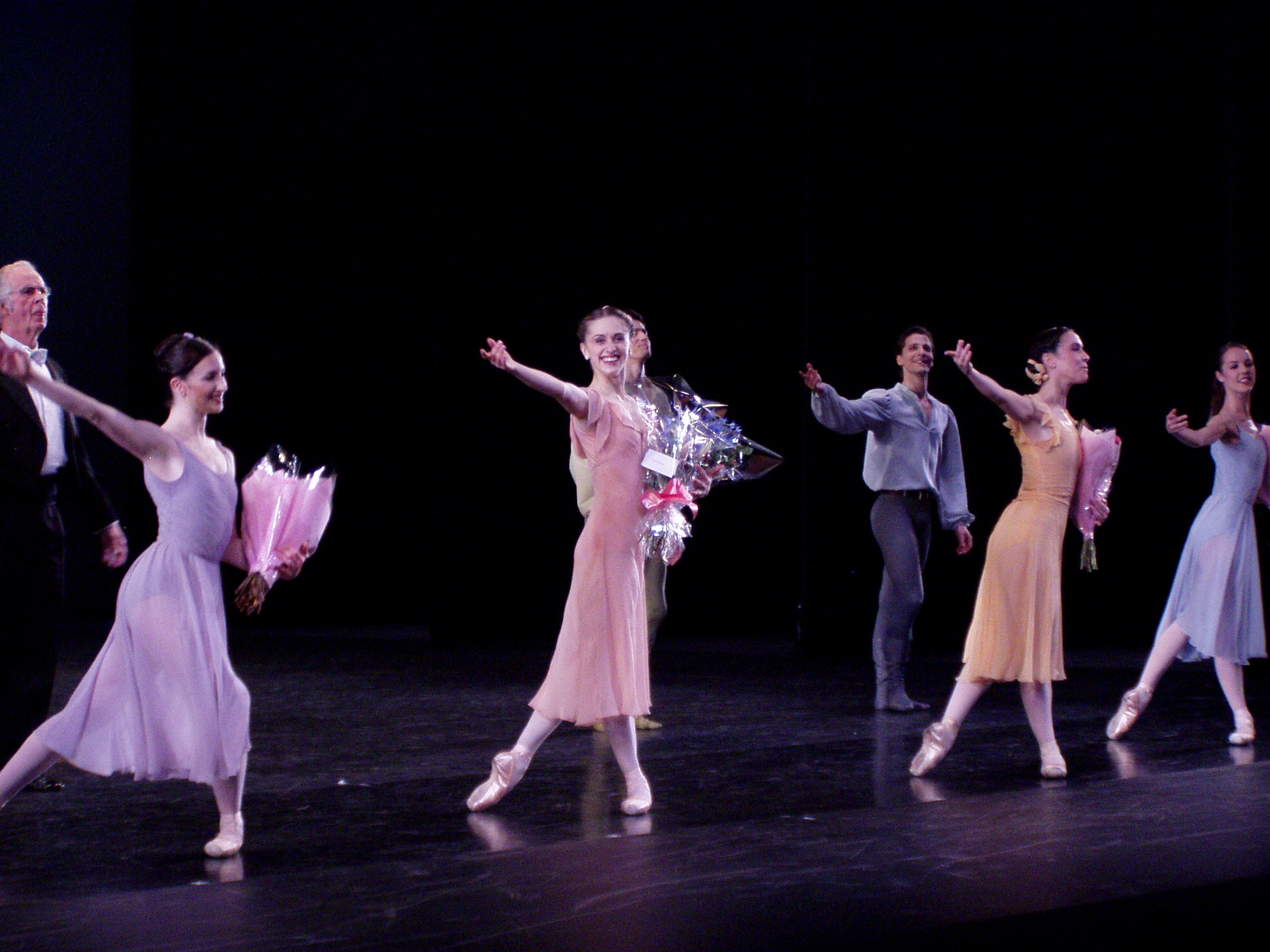 The Royal Ballet Benevolent Fund and the Dance Teachers’ Benevolent Fund have recently announced the merging of the two organisations, following extensive liaison between the charities. In the joining of the organisations, the Royal Ballet Benevolent Fund will continue as a registered charity, remaining as an important dance welfare organisation for dancers.
The Royal Ballet Benevolent Fund and the Dance Teachers’ Benevolent Fund have recently announced the merging of the two organisations, following extensive liaison between the charities. In the joining of the organisations, the Royal Ballet Benevolent Fund will continue as a registered charity, remaining as an important dance welfare organisation for dancers.
